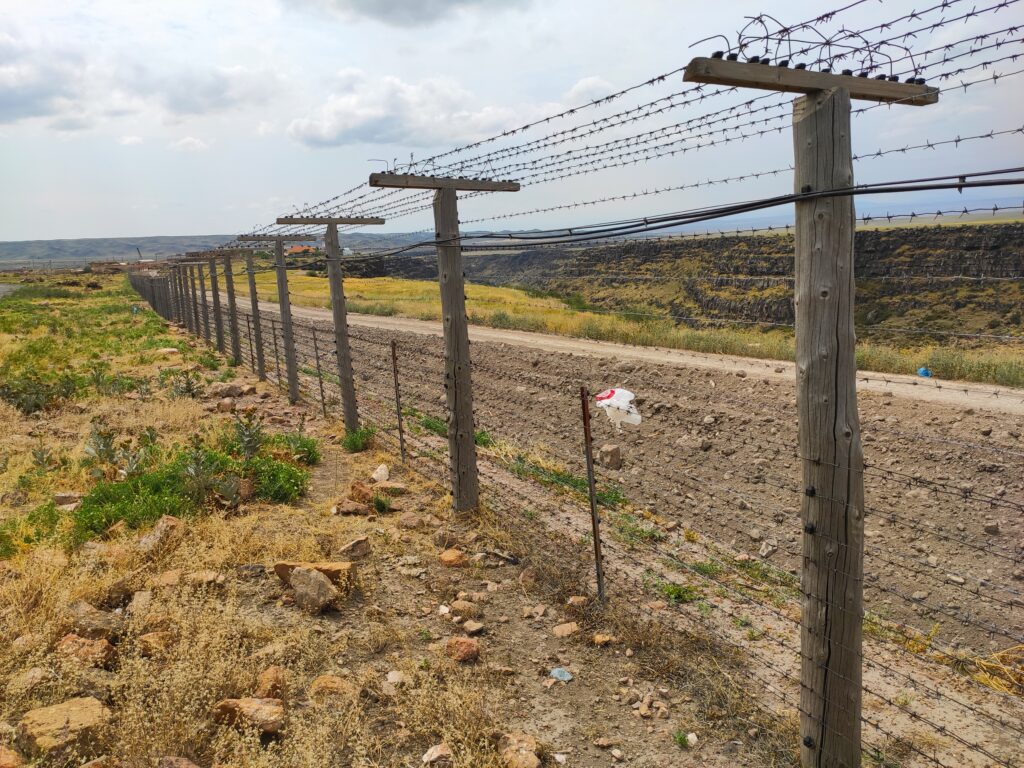The presidents of Armenia and Azerbaijan have ratified a framework agreement on the delimitation of their shared border. Signed on August 30, this agreement outlines “regulations” for joint activities between Armenian and Azerbaijani commissions but fails to specify which maps or legal documents will guide the process.
According to the regulations, delimitation will be based on the 1991 Alma-Ata Declaration, where former Soviet republics recognized each other’s Soviet-era borders. However, Azerbaijan recently downplayed the declaration’s legal weight, asserting it does not define current borders or territorial claims.
Prime Minister Nikol Pashinyan’s party-controlled parliament ratified the regulations amid fierce opposition criticism. Opponents argue the lack of detail only benefits Azerbaijan, enabling further territorial concessions at Armenia’s expense, including border areas Azerbaijan seized in the 1990s and again in 2022-2021.
On Friday, Azerbaijani President Ilham Aliyev followed Armenian President Vahagn Khachaturian in approving the deal. This announcement followed a meeting between Pashinyan and Aliyev at a BRICS summit in Kazan, where they discussed the border and a potential peace treaty.
The deal, signed by deputy prime ministers, comes four months after Pashinyan controversially agreed to cede four disputed border regions to Azerbaijan—a move that triggered mass protests in Yerevan. Pashinyan previously claimed that Azerbaijan threatened to attack Armenia unless it reclaimed these areas.




